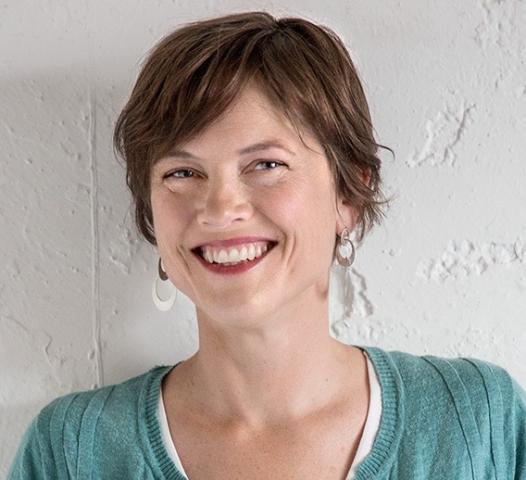by Anna Forrester
When I was a child, my first understanding of hunger came through magazine photos of Ethiopian children with tight, distended bellies and wide, pleading eyes. A generation earlier, whenever she bucked at finishing her dinner, my mother was chastised with reminders about “the starving Armenians”.
Hunger is easier to grasp at a distance; it is more difficult to recognize and appreciate in the people we interact with in our day-to-day lives. And yet 12% of the population of the United States is considered “food insecure” – lacking enough food to be healthy – with the rate even higher in Philadelphia, at 21%, and higher still in North Philadelphia, at a whopping 30%.
Two years ago, when my older daughter was preparing for her bat mitzvah, our family of four began joining other congregants from Mishkan Shalom once a month to make and serve dinner at the Life Center of Eastern Delaware County. The Center serves meals 365 days a year to residents and non-residents, and runs a public bathing program. Mishkan provides dinner there on the second Monday of every month.
We decided early on to always bring seasonal fruit or vegetables: cheap, fast, processed and empty calories tend to be far more available in lower income communities than healthier food. And, we decided to prepare dishes that we would eat too.
Our first night was a September evening, and the night before – a Sunday — we made a huge, mixed fruit salad. Cleaning and cutting up produce to feed 150 people takes time, but it also makes time: sitting in the kitchen, scrubbing and slicing we had purpose, and lots of space to chat and hang out as a family. Which was lovely.
Scooping food onto plates and talking with diners at the Life Center the next evening, we immediately had a small window into the complex web of issues of which hunger is just one strand. Another volunteer brought apples that first night, and when the kids offered them to diners they discovered that some wouldn’t take them because they couldn’t eat whole apples. Why? Because biting through the skin hurt: poor dental care and hunger go hand in hand.
There were diners who worked full times jobs, but came to the Center for meals because they still couldn’t make ends meet. A living wage? Not so much. And many took food away with them – presumably for later, or for others who couldn’t make it to the Center during meal time. Evidence of physical and mental health challenges and the impacts of trauma abounded too.
We’ve continued working at the shelter. It keeps us from settling too comfortably into our bubble of privilege, gives us goo family time together, and is just a good thing to do.
Now, in the summer, providing food for those in need is no less important, and perhaps even more so. Even in summer, when ‘the livin’ is easy’, hunger persists. And families who rely on school breakfasts and lunches during the rest of the year suddenly have a new demand on their taut, household budgets.
With kids off school, and more free time, it’s a great moment for to get involved at a local pantry, shelter, or other hunger-fighting organization. For opportunities near you, check out http://www.hungercoalition.org/volunteer.
Anna Forrester lives with her husband, Mitch Young, and her two daughters in Fairmount. She creates landscapes for play and learning and writes children’s books. Find out more about her and her debut picture book, Bat Count, at http://www.annaforrester.com/.




